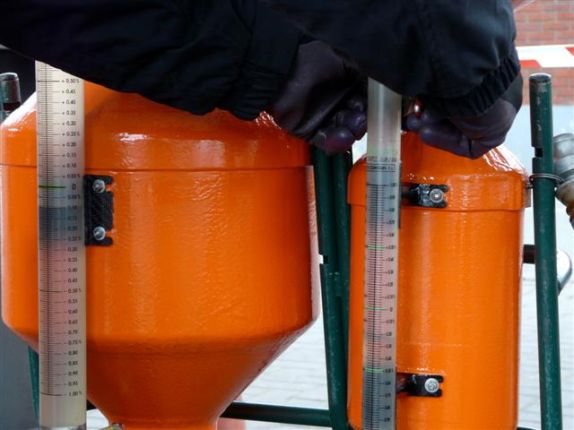- Legal Metrology >
- Control of Measuring Instruments
Why are Measuring Instruments Regulated?
Measuring instruments in trade use are regulated to ensure that their perfomance and the measurement results produced can be relied upon by the public and traders who are not experts on measurement technologies or on how instruments work.
How are Measuring Instruments Regulated?
Designs of measuring instruments are tested and certified through an examination process, which, if successful, leads to the issue of a Type Approval Certificate or a Design Approval Certificate. The certificate is the first stage in allowing the manufacturer to sell instruments of this design to traders. However, each instrument must also be checked to ensure it performs correctly: this stage is commonly called verification.
Who Can Apply for Type Approval?
The manufacturer must apply for Type or Design Approval under the Non-Automatic Weighing Instruments Directive and the Measuring Instruments Directive. The manufacturer can apply to any organization designated to carry out this work in Europe. The organizations designated under each Directive are listed on the European website, Nando.
Currently, the only measuring instruments in trade use that are not covered by the Directives are drinks dispensers for alcohol. Instruments not covered by the Directives (i.e. alcohol dispensers) can be nationally type-approved.
The initial verification is the responsibility of the manufacturer under the Non-Automatic Weighing Instruments and Measuring Instruments Directives. The manufacturer can apply to any of the organizations designated to carry out this work in Europe. To find all organizations approved under each Directive you can look on NANDO, the European website of all Notified Bodies and New Approach Directives.
A supplier or trader is also responsible for ensuring that instruments are fully verified before being used for trade. Any person supplying or using an instruments which has not completed the conformity assessment procedure is liable to prosecution.
If the instrument is repaired or adjusted, the trader must arrange to have it verified again. A trader should always check with a maintenance or repair company to find out whether they have had to break security seals or interfere in any other way with the instrument which might lead to invalidation of its verification. Breaking of a security seal automatically invalidates a verification. An unverified instrument should not be used for trade. Failure to comply with this requirement can lead to prosecution.
The CE Marking is applied to a measuring instrument by a manufacturer to show that the instrument complies with all legal requirements. Additionally, non-automatic weighing instruments are required to be marked with a green M. Other measuring instruments covered by the Measuring Instruments Directive (MID) must be marked with M in a box. To find out more about these directives go to About the Non-Automatic Weighing Instruments Directive or the About the Measuring Instruments Directive.
Traders are responsible for keeping their measuring instruments in good condition and working correctly. This may mean engaging a company to maintain the instrument by regularly checking that it operates correctly and by making any necessary repairs. If a repair leads to security seals being broken, or to the replacement of parts, the instrument must be verified again. See who can carry out national verifications.
Periodically, Legal Metrology inspectors check measuring instruments in trade use. For more information, see Our Enforcement Role.
The technical and metrological requirements are found in legislation and supporting documents. In the case of New Approach Directives specifications contained in European standards or OIML Recommendations can be followed. Information on the European standards or OIML recommendations (called normative documents) and Welmec guidance documents adopted for use with the MID can be found on the European Commission website page on Metrology and Pre-packaging.
All European Member States must apply the requirements of the Non-Automatic Weighing Instruments Directive and the Measuring Instruments Directive for the categories of instrument covered by those Directives. However, national laws can be introduced to deal with other issues or other measuring instruments not covered by these Directives. When a Member States plans to introduce such a national law it must inform the European Commission. All draft and final versions of these laws and regulations can be found on the European database, TRIS.
